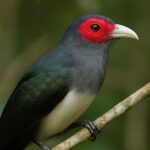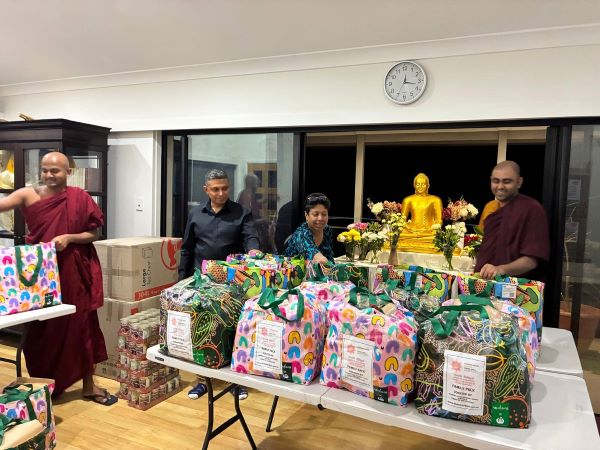Green Invaders: How Guinea Grass Supports the Rise of Munia Populations in Sri Lanka – By Bhanuka – eLanka

In the rich tapestry of Sri Lanka’s diverse ecosystems, few stories are as intriguing—and as complex—as the relationship between an invasive plant species and the vibrant flocks of Munias that now thrive across the island. The humble Guinea Grass (Megathyrsus maximus), introduced as a fodder crop, has become an unlikely ally for these small, seed-loving birds, fueling a fascinating ecological shift.
The Arrival of Guinea Grass
Originally from Africa, Guinea Grass was introduced to Sri Lanka during the British colonial period as an excellent forage crop for livestock. Its hardy, fast-growing nature allowed it to spread quickly, thriving in the island’s warm climate and varied soil conditions. While its benefits for livestock farming were undeniable, its aggressive growth quickly turned it into an invasive species. Today, Guinea Grass carpets vast areas of Sri Lanka’s lowlands and disturbed habitats, outcompeting native plants and changing the face of the landscape.
A Paradise for Seed Eaters
Yet, in this transformed habitat, some native species have found a surprising advantage. The Munias, a group of small, finch-like birds known for their love of grass seeds, have thrived in the Guinea Grass-dominated areas. Species like the Scaly-breasted Munia (Lonchura punctulata) and the Tricolored Munia (Lonchura malacca) have adapted perfectly to these new grasslands, finding abundant food and nesting materials in the thick, dense growth.
The seed heads of Guinea Grass provide a reliable, year-round food source for Munias. These birds are specialists when it comes to exploiting grassy environments, deftly plucking seeds from the swaying heads and foraging in flocks that paint the fields with movement and song. The Guinea Grass not only feeds them but also offers shelter, its tall stalks forming protective cover from predators and the elements.
Population Surge and Ecological Impact
The boom in Munia numbers has been one of the more visible results of Guinea Grass’s spread. Once primarily forest-edge dwellers, Munias have expanded their range, forming large, bustling flocks in open areas that would have been less suitable in the past. In agricultural zones and along roadsides where Guinea Grass flourishes, Munias now thrive in numbers that were rare just a few decades ago.
This shift has ecological implications. Munias play a role in seed dispersal and in the balance of small invertebrate populations, as they also feed on insects during the breeding season. Their growing numbers highlight how certain invasive species can create unintended niches, allowing adaptable native species to find new footholds.
The Conservation Conundrum
However, while the success of Munias in these transformed habitats may seem like a conservation win, the broader impact of Guinea Grass remains a concern. The plant’s dominance can lead to the decline of native grasses and wildflowers, reducing biodiversity and altering ecosystems in ways that may not fully benefit other wildlife.
Moreover, the aggressive spread of Guinea Grass complicates habitat restoration efforts. Once established, the grass’s thick root systems and prolific seed production make it difficult to remove. Land managers and conservationists face tough choices: while Munias and a few other species benefit from these grasslands, the overall health of the ecosystem often suffers.
A Balancing Act
The story of Guinea Grass and Munias is a vivid example of the complexity of conservation in a changing world. It underscores the importance of managing invasive species thoughtfully, balancing the needs of different wildlife and the preservation of native plant communities. For birdwatchers and naturalists, the sight of Munias darting through sunlit fields of Guinea Grass may be a delight, but it also carries an urgent reminder: ecosystems are dynamic, and every species—native or introduced—plays a role in shaping the future of Sri Lanka’s wild places.
Looking Ahead
As Sri Lanka continues to grapple with the challenges of invasive species, stories like this one are invaluable. They remind us that nature is constantly in flux, and sometimes, even invaders like Guinea Grass can create unexpected opportunities for native wildlife. But true conservation success lies in maintaining balance—ensuring that the rise of one species does not come at the cost of many others.
In the end, the fields of Guinea Grass and the bustling flocks of Munias are a living testament to both the adaptability of life and the delicate dance of ecological change. By understanding and managing these interactions wisely, we can help protect Sri Lanka’s rich and intricate web of life for generations to come.




















